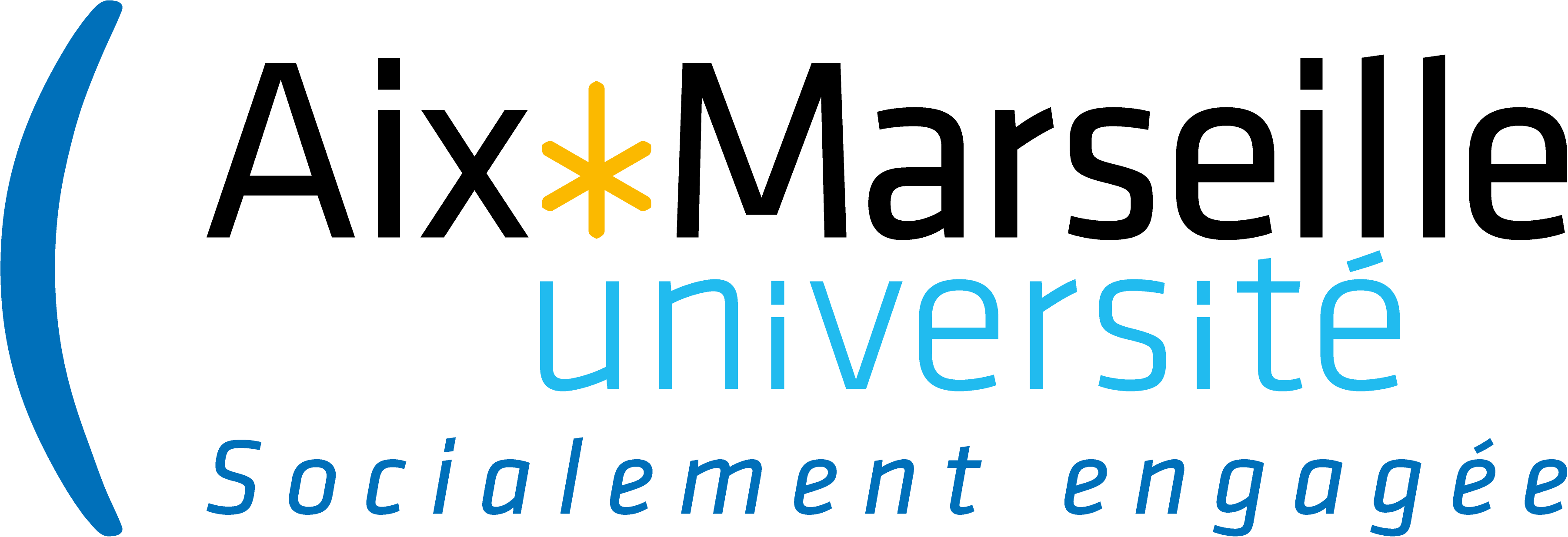Registration of microscopy images is often crucial to measure biophysical quantities such as forces and displacements, that can be barely perceptible. Saccades and drifts are unavoidable when acquiring an image sequence on most microscopes. To correct for the drift, feature based approaches, such as SIFT, usually perform well under most conditions but computation time can become a problem for long movies. We propose an approach that mimics the behavior of the eye when looking at a movie in need of alignment. At high frame rates, the eye can easily pinpoint objects being translated at a low pace, with a high degree of correlation. We will call these objects the reference objects, which can be defects on a substrate or fluorescent molecules that are assumed to be static with respect to the substrate. The displacement field of those objects can be extracted from their tracks, easily acquired with the tracker TrackMate. The corrective image shift is then applied in Fourier space to the original frames.
To clone the repository, go to the folder of your choice and run in a terminal:
git clone https://github.com/remyeltorro/SPTAlign registrationIn order to install the required python packages:
pip install -r requirements.txtThe reference tracks are acquired using TrackMate, but any .csv table containing position and a track ID should work (columns
TRACK_ID, POSITION_X, POSITION_Y, FRAME). TrackMate’s LoG detector applies a Laplacian of Gaussian filter, giving a strong response for gaussian-like spots of radius , which must be tuned to the average size of the beads. For each object, the detector applies a Gaussian fit, which allows for the determination of a subpixel centroid. Once the objects of interest are detected, TrackMate’s LAP particle linking algorithm, which combines a nearest neighbour penalty function with similitude criteria (intensity, shape, size...), is used to connect the detections throughout the frames. The maximum linking distance is increased until most of the long tracks are no longer truncated. If the focus is lost on some frames, we can introduce enough tracking gaps to "jump" over the blurry frames. In the end, most of the tracks should be as long as the movie itself. A filter on the track length can be used at the last step to get rid of most of the spurious tracks. A
.csv file containing the required information can be exported as trajectories.csv and put in 📁data/.
⚠ On the latest TrackMate version, two additional line of alternate column labels are added at the beginning of the .csv table, please erase them before proceeding with the alignment.
⚠ Make sure that 📁data/images/ is empty before proceeding
The sequence of frames to be aligned must be saved in 📁data/images/ (
File > Save As > Image Sequence...) in TIFF format. Then move in the 📁scripts/ and run:
python align.pySet the pixel calibration and the script will perform the registration in two passes, based on the trajectories.csv table stored in 📁data/. All frames are aligned with respect to the first frame of the movie. On the first pass, it will ignore the frames for which we don't have any reference track, on the second it will interpolate the displacement of those skipped frames.





